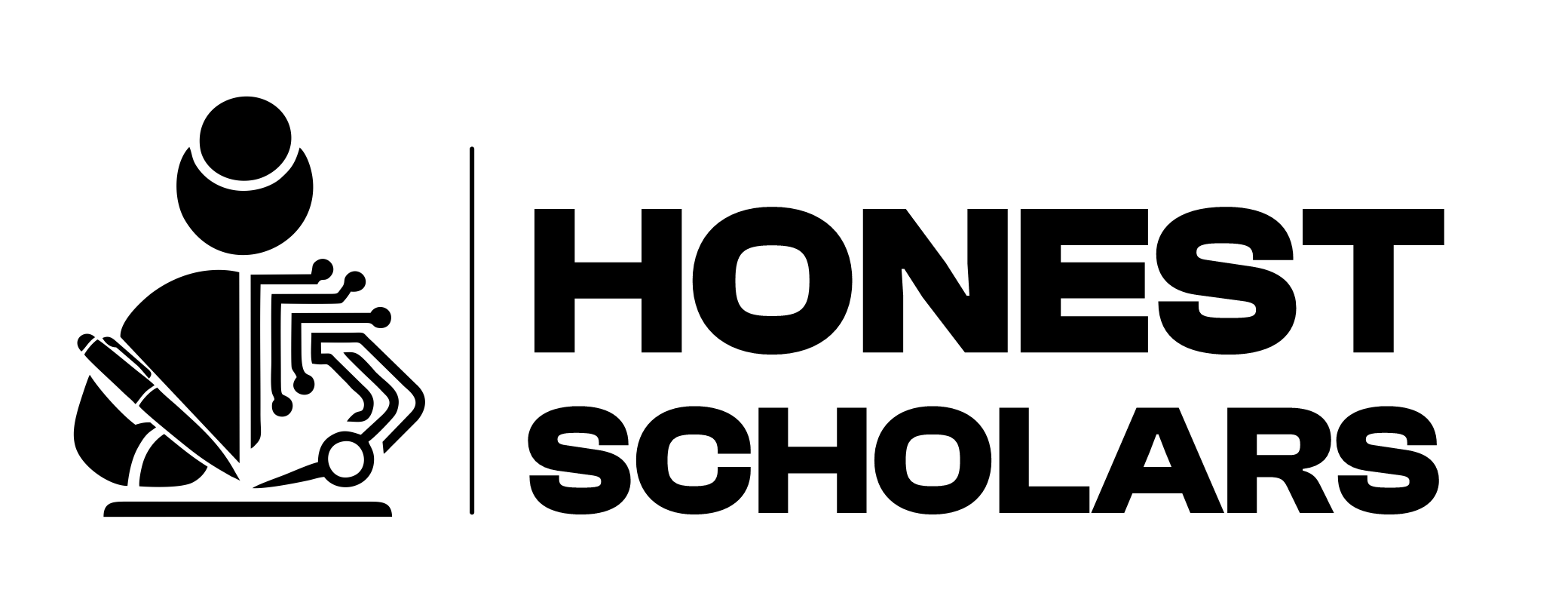
Well-prepared slides and compelling speeches can keep your audience wanting more. You see them nodding in admiration as you deliver your well-prepared slides and persuasive speech. While they seem to want more, they look forward to the Q&A part where your presentation skills face a test. The Q&A session during a presentation is where the real interaction and involvement happens. It provides the opportunity to clear doubts or elaborate on your points.
You do not need superpowers to handle your audience’s questions effectively. But such a session does call for a little preparation and tact. This guide equips you with 11 strategies to help you shine during Q&A sessions.
11 Strategies to Successfully Manage a Q&A Session During a Presentation
1. Plan the Question and Answer Session in Advance
- Right from the beginning of your presentation, let the audience know whether you will have a question-and-answer session after this and how long it will last.
- Questions can be raised and discussed during the presentations at intervals or the end. If your presentation is long, periodic Q and A breaks can keep the listeners active
2. Create a Welcoming Environment for Questions.
- Use phrases like “I look forward to your questions” or “Feel free to ask anything about what we’ve discussed.”
- If the audience is shy, provide options like writing questions on cards or using an online tool like Mentimeter.
3. Listen Actively and Clarify Questions.
- Show interest and listen to the question without interrupting.
- Maintain eye contact with the questioner.
- Repeat the question for the benefit of the entire audience. For instance, “The question is about the challenges faced during implementation. Is that correct?” This ensures clarity and inclusivity.
4. Stay Calm and Professional
- Take a deep breath before answering, especially if the question is tricky. Pause a moment to gather your thoughts, demonstrating a measured approach.
- Avoid rushing into an answer.
5. Structuring Your Answers.
- Do not ramble. Answer the question directly.
- Avoid unnecessary digression.
- Connect your response to the key message in your speech. You could say, “This relates to a point I previously discussed.”
6. Engage the Audience
- Even when the question can be specific, it is always better to frame the answer so that everyone can take something away from your response. This saves other audience members from feeling left out.
- Make answers relevant and general rather than personal conversations.
7. Handling Hostile/Difficult/Unexpected Questions
- Do not freak out when you get a tough question. You could say, “That’s a great question; let me think about the best way to answer that.”
- Honesty gains credibility. Therefore, admit when you do not know the answers to certain questions. You can say, “I don’t have an exact answer right now, but I’ll follow up after the session with more information.”
- If the question is hostile or challenging do not get defensive. Politely acknowledge the question and redirect the discussion to the topic at hand.
8. Prepare for Likely Questions
- Consider in advance what questions your audience might ask. Prepare brief responses to each.
- Rehearse with a colleague or mentor to feel confident when responding to questions.
9. Use Tools and Technology
- Support your responses, when necessary, with slides, charts, or other visual means.
- The introduction of Mentimeter or any online Q&A integration would be helpful to make asking and answering questions very smooth, as people can submit their questions digitally.
10. Regulate the Session
- Nicely limit follow-up questions to maintain times. You could nicely say, “Let us take one more question before we close.
- When you get off-topic questions, do not derail. Bring the question back to the main topic. You can say, “That’s an interesting point, but I’d like to focus on it.”
11. Conclude the Q&A Session Properly
- Repeat the central themes discussed in the session.
- Thank your audience for participating. For example, “Thank you for your great questions; they’ve added significant value to today’s discussion.”
- Provide follow-up options to address unanswered questions later via email or other channels.
Post-Presentation Tips
- Reflect on feedback. Analyze the questions asked to identify areas of improvement for future presentations.
- Engage beyond the session. Share additional resources or invite the audience to connect with you for further discussions.
- Follow up to address post-presentation questions via channels mentioned during the presentation.
Conclusion
The Q&A session is often undermined while preparing for a presentation. As you rehearse your speech, prepare your slides, and pick your outfit, do not forget to apply the strategies highlighted in this guide. That will ensure a polished and credible presentation.
Did you find this article helpful? Kindly drop your thoughts down below.
